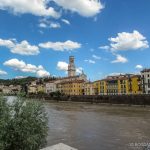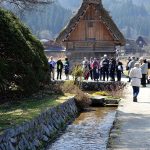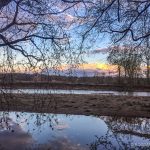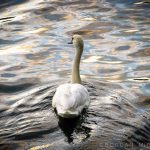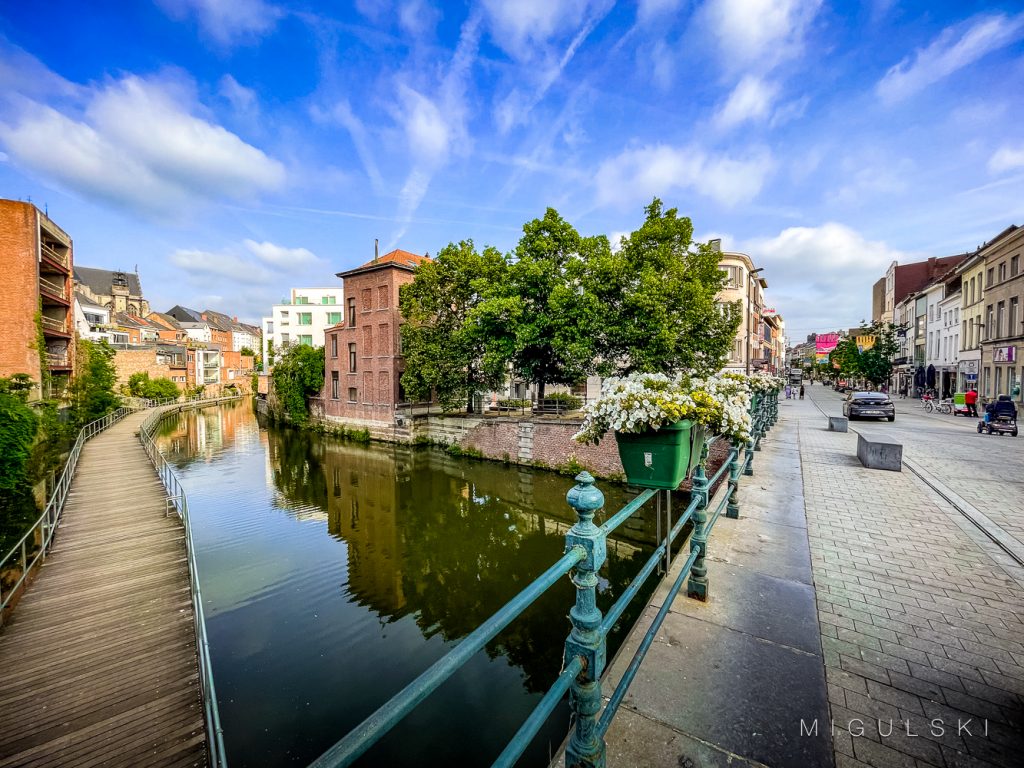
Flowing through the heart of Belgium like a liquid ribbon, the Dijle River weaves a tale of historical significance, ecological diversity, and the timeless beauty of nature’s waterways. Spanning approximately 86 kilometers, the Dijle has played a crucial role in shaping the landscapes and communities it touches. This article explores the fascinating journey of the Dijle River, delving into its historical context, environmental importance, and the cultural significance it holds for the people along its course.
A Historical Odyssey
The Dijle River has been a silent witness to centuries of human history, its waters reflecting the ebb and flow of the civilizations that have thrived along its banks. Originating in Hélécine, the Dijle meanders through the picturesque landscapes of Belgium, passing through cities like Leuven, Mechelen, and finally merging with the Rupel River in Rumst.
Historically, the Dijle was more than just a waterway; it was a lifeline for trade and transportation. The river facilitated the movement of goods and people, contributing to the economic prosperity of the regions it traversed. Leuven, one of the cities along the Dijle, owes much of its medieval charm to the river, as its waters powered mills and provided a means of commerce.
Throughout the centuries, the Dijle also played a strategic role in defense. The fortifications along its banks stand as a testament to the importance of this watercourse in safeguarding the territories it flowed through. The echoes of history reverberate along the Dijle, creating a seamless connection between the past and the present.
Ecological Symphony
Beyond its historical significance, the Dijle River is a thriving ecosystem that supports a diverse array of flora and fauna. The riparian zones along its banks provide vital habitats for numerous species, contributing to the overall biodiversity of the region. From aquatic plants submerged in its waters to the birds soaring above, the Dijle’s corridor is a symphony of life.
The river hosts a variety of fish species, including perch, roach, and pike. These underwater inhabitants navigate the currents, creating a delicate balance within the aquatic ecosystem. The Dijle’s waters also support amphibians and reptiles, adding to the ecological richness of the region.
On its banks, lush vegetation flourishes, offering shelter to an array of terrestrial wildlife. The riparian habitats are frequented by insects, butterflies, and small mammals. Birdwatchers find solace along the Dijle, spotting kingfishers, herons, and other avian residents. The harmonious coexistence of different species along the river is a testament to the delicate equilibrium of nature.
Cultural Heritage
The Dijle River has not only shaped the physical landscapes it flows through but has also left an indelible mark on the cultural identity of the regions it touches. Artists, poets, and writers have drawn inspiration from the river’s tranquil beauty, capturing its essence in various forms of creative expression.
The paintings of Flemish masters often feature riverscapes that bear a resemblance to the Dijle. The interplay of light on the water, the reflections of buildings along the banks, and the natural rhythms of the river have been immortalized on canvas. The Dijle, with its scenic surroundings, has served as both muse and subject for generations of artists.
Moreover, the river is interwoven with local traditions and folklore. Its currents carry the stories of the people who have relied on its waters for sustenance and livelihoods. Festivals and events often pay homage to the river, celebrating its role in shaping the cultural fabric of the communities it flows through.
Challenges and Conservation Efforts
While the Dijle River has played a pivotal role in the historical, ecological, and cultural narratives of Belgium, it faces contemporary challenges that require careful attention and conservation efforts. Urbanization, industrial activities, and agricultural practices can impact water quality and disrupt the delicate balance of the riverine ecosystem.
Conservation initiatives are underway to safeguard the Dijle’s natural integrity. Riparian restoration projects aim to enhance the habitats along its banks, providing a conducive environment for wildlife. Water quality monitoring and pollution control measures contribute to maintaining the health of the river.
Community engagement is a crucial component of the conservation equation. Local residents, environmental organizations, and government bodies collaborate to raise awareness about the importance of preserving the Dijle and implementing sustainable practices that ensure its vitality for generations to come.
Recreational Delights
For those seeking respite from the bustle of urban life, the Dijle River offers a tranquil haven. Its banks provide picturesque settings for leisurely walks, cycling, and birdwatching. Canoeing and kayaking enthusiasts can navigate its gentle currents, discovering hidden gems along the way.
The riverside pathways in cities like Leuven invite locals and visitors alike to meander along the water’s edge, enjoying the serenity that the Dijle bestows upon its surroundings. As the sun sets, casting a warm glow on the rippling waters, the river becomes a haven for reflection and relaxation.
The Dijle’s Timeless Flow
In conclusion, the Dijle River stands as a testament to the interconnectedness of natural landscapes, human history, and cultural identity. Its journey through Belgium paints a vivid portrait of a river that has shaped civilizations, nurtured diverse ecosystems, and inspired artistic expressions. As we navigate the currents of time, the Dijle continues its timeless flow, inviting us to appreciate and preserve the invaluable tapestry it weaves through the heart of Belgium.

